There is a common myth in the British Isles that no one has successfully invaded these islands since William the Conqueror in 1066. Not only is this a myth, but if we include the Channel Islands the last time the islands were invaded was 1940. During the midst of the Seven Years’ War, just as the British thought their mastery of the seas was complete, a small French force under Francois Thurot made landfall in Ireland. This is the story of the siege of Carrickfergus.
The Seas during the Seven Years’ War
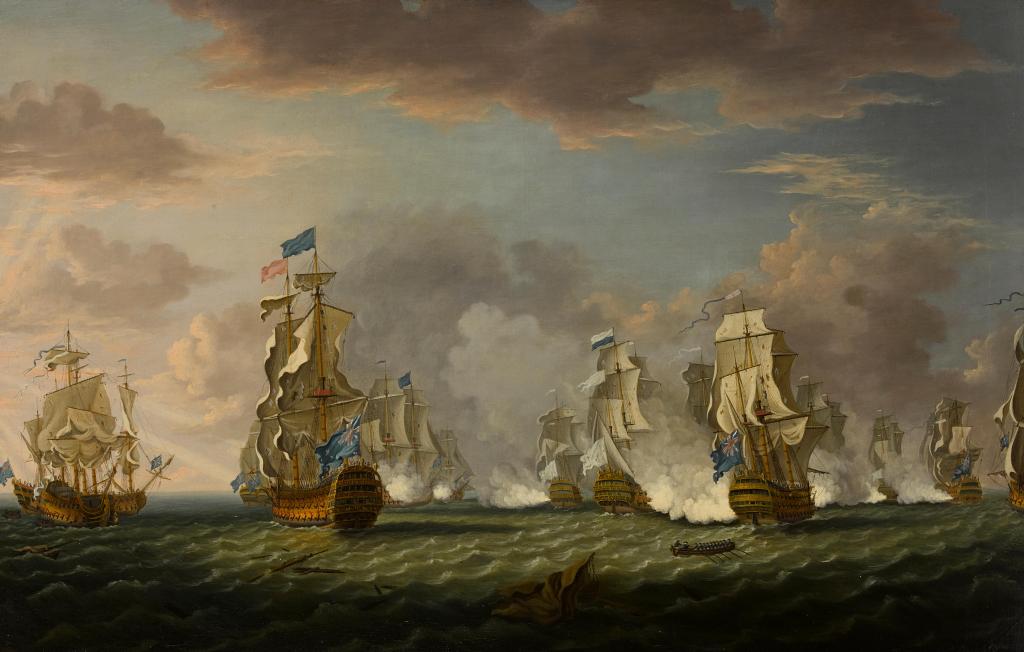
With both the British and the French having colonial holdings in the Americas, Africa, and Asia this meant that any large war between the two powers would take on a global aspect. This had already happened where European conflicts in the form of the Nine Years’ War (1688-1697), the Spanish War of Succession (1701-1714), and the War of Austrian Succession (1740-1748) all quickly expanded into the European colonies. The Seven Years’ War was the opposite where conflict in the Americas led to war in Europe, and then war in Africa and Asia. This naturally meant that the navy became an integral aspect of warfare as control of the seas also meant control over supply and troop movement. Both powers had invested in their navies which continued throughout the war.
In each continent Britain and France, and their respective allies and enemies, had waged a series of naval battles in order to secure control over the seas. We may think that terrestrial and naval battles were separate, but success in one arena hinged on the fortunes in another. To give an example from 1759, which we covered previously, the British taking Quebec City was highly dependent on the British navy defeating the French in the Gulf of St. Lawrence. With the British navy controlling the Gulf this allowed them to cut off supplies to the besieged French, supply the British troops, and bombard the fortified city weakening its defences and the moral of the French. Victory in war often involved invading the territory of the enemy. Britain left the terrestrial waging of war in Europe to its ally Prussia so it was less invested in invading France, but the French theorised that they had to invade Britain.
French Invasions and Failure
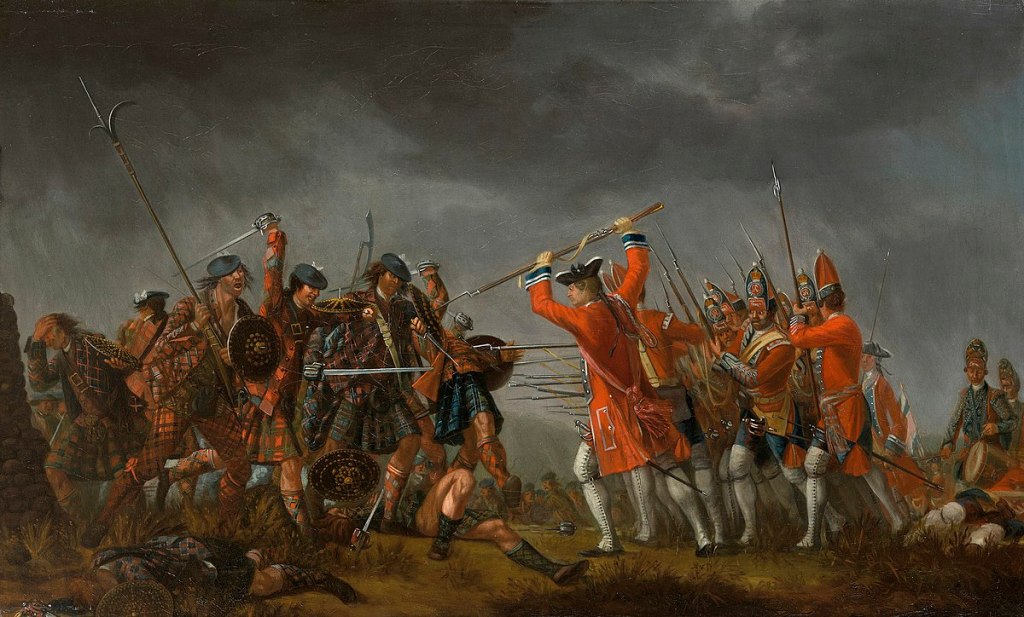
Despite mutual animosity the British and the French had been closely tied throughout history, that narrow English Channel not hindering interactions. Competing dynasties and eventually divided further by religious differences, although mutual animosity to England did forge an alliance between Scotland and France. Since the 1690s the French also had a knife pointed to the throat of Britain – the Jacobites. In 1689 the English Parliament invited the Dutch king William to invade – although William was planning to invade anyway – after the Catholic King James II and VII had a son ensuring a Catholic inheritance. Protestant Parliament had hoped upon James’s death his daughter Mary and her Dutch Protestant husband William would inherit the throne, now not ensured with the birth of a son. This ‘Glorious Revolution’ saw the Dutch forces and his Protestant allies chasing the Jacobite forces from Scotland and then Ireland. The exiled James fled to France; the English parliament barred Catholics from inheriting the throne; and from 1714 the throne fell to the next Protestant in line to the throne, George of Hanover. However, the exiled Jacobites remained a Sword of Damocles hanging over the (from 1707) British state with the French and Spanish sponsoring Jacobite invasions in 1715, 1719, and, most importantly, 1745. Led by James II’s grandson, ‘Bonnie Prince Charlie’, a French supported invasion landed in Scotland and managed to push as far as the Midlands before being pushed back and defeated.
Since the ’45 Charles Stuart had fallen into a spiral of womanising and drink, but he and his fellow Jacobite exiles saw a new chance with the Seven Years’ War. French foreign minister Choiseul personally loathed Charles, but he recognised the importance of Jacobitism in weakening the British forces. Especially in Scotland, aggrieved by English domination for the Lowlanders and cultural genocide for the Highlanders, another Jacobite Uprising could split the British forces. For Choiseul the Jacobites were not a high priority; something certainly on his mind as the Dutch diplomats had expressed concerns about a Jacobite Restoration sponsored by the French. If there was to be a new Jacobite Uprising it would only happen when the French successfully invaded England and if the Jacobites were to take part it would be under French auspices.
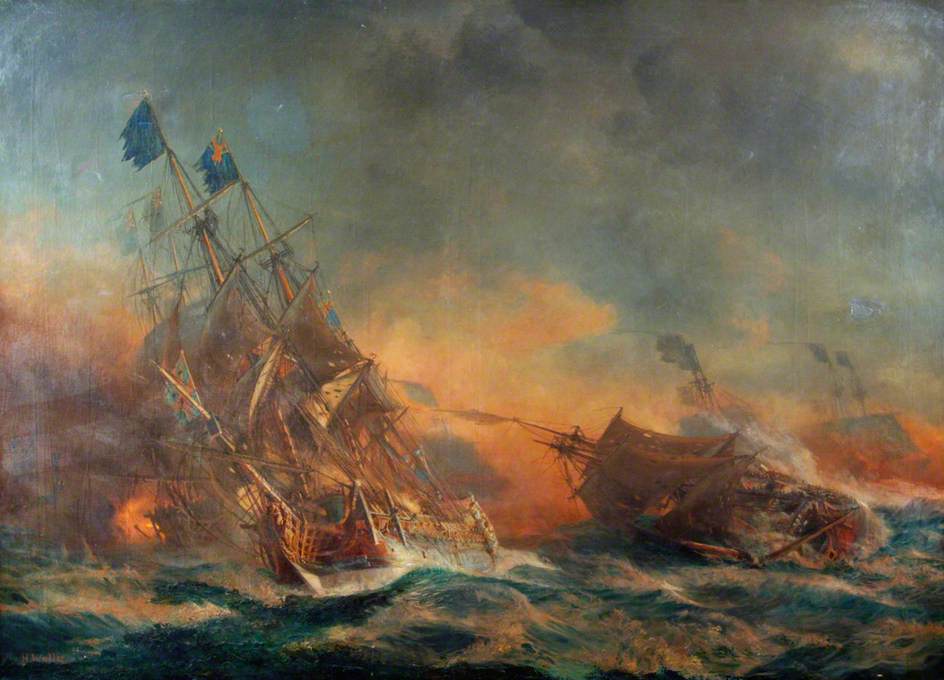
However, French hopes of an invasion of Britain would be dashed in 1759. A series of victories in all fronts boosted British morale and secured what would become British global dominance – Frank McLynn characterised 1759 as ‘the Year Britain became Master of the World’. In August 1759 the French Mediterranean fleet, now that British held Minorca was firmly in French hands, set sail to the Caribbean where it was more needed. The British fleet stationed at Gibraltar managed to intercept the French fleet and then raid the remnants of the fleet that sought refuge at Lagos in neutral Portugal. That November another British fleet intercepted the French fleet intended to invade Britain at Quiberon Bay destroying several ships and scattering the rest. The destruction of the fleet at Quiberon Bay was so humiliating that Versailles refused to admit it and gave orders as if the British fleet was not there. This refusal to acknowledge that there would now no longer be an invasion, at least in the foreseeable future, set the stage for the unexpected success of a 32 year old captain, Francois Thurot, and the invasion of Ireland.
Thurot and Carrickfergus
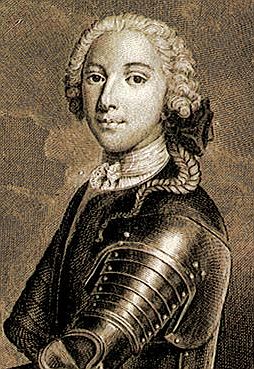
It is surprising that someone at just the age of 32 was given the role of invading the British Isles. A mixture of the desperation of the French forces and Thurot’s own ability really secured his mission. However, Thurot was not meant to lead a full invasion of Britain, instead he was to lead a distraction. Ireland was a sea of discontent. The majority Catholic Irish were subjected to displacement and subjugation to a Protestant settler population descended from English and Scots. In 1689 it had been the last stand of James II and since then the situation of the Catholics had deteriorated, although many Irish did serve in the British army throughout the Seven Years’ War. French planners believed that an invasion would terrify the British into thinking that the Irish would join the French invaders. As the British scrambled to ‘retake’ Ireland it would give the French enough time to scramble another invasion force, or at least secure the Channel. Three frigates carrying 1,100 men under Thurot’s command managed to slip through the British blockade, proving to be a political embarrassment for the British, in October 1759 and landed in Gothenburg to resupply during the fierce winter storms of the North Sea.
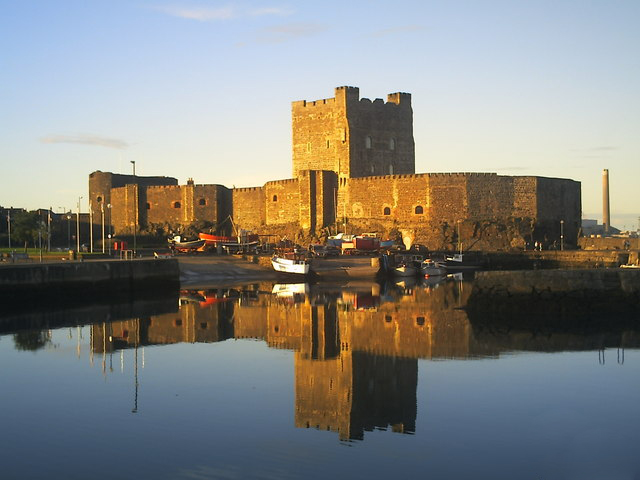
When supplied and with the weather clear Thurot set sail from Sweden, went around the Scottish coat raiding cattle in the Hebrides for supplies, and made landfall on February 21 1760. Here a small force of 600 soldiers landed to take the castle of Carrickfergus in what is now Northern Ireland. Originally wanting to take Derry weather and logistics, including opposition from his subordinate Flobert, they chose Carrickfergus instead. After a brief skirmish, that saw 19 men die after Flobert led a brash attack on Carrickfergus’s castle doors, the garrison surrendered. From there Thurot hoped to march on Belfast, capture the city, and then hold it to ransom. Although he did begin a march to Belfast he would never get there. Flobert and his troops made it known that they lacked the energy, resources, and manpower to take a city as big as Belfast, never mind holding it. When the British had got their act together it would not be clear who would come out on top. Thurot had previously been a businessman, so using that negotiating power he came to a deal with local authorities – in return for supplies he would leave Carrickfergus. With his deal accepted the French withdrew on February 26.
History Rhyming – France and Irish Distractions
British colonial rule up to today caused grievances among the disenfranchised and exploited Irish, and this naturally led to Irish rebels looking for allies among London’s enemies. During the late-1700s concepts of liberty and fraternity had swept Europe, Ireland being no exception, with it coalescing with the French Revolution. Like in 1760 with the French caught in a war with Britain unrest in Ireland seemed to provide an answer. Early nationalist ideology fused with liberalism in the form of the United Irishmen who sought common allegiance with the French revolutionaries who saw a potential Irish Rebellion as both distracting the British and creating an ally. Unlike in the Seven Years’ War an expeditionary force from France landed and an Irish uprising happened in conjunction in May 1798. Led by Wolfe Tone’s United Irishmen the uprising was eventually unsuccessful, but became a key point in the construction of Irish nationalism.
The Battle of Bishops Court and After
Despite his initial success in landing in Ireland, Thurot’s success was overshadowed by the British naval counterattack. Off the coast of the Isle of Man three British frigates intercepted Thurot’s frigates on February 28. During the battle Thurot was killed and the ships captured. The British quietly hushed up the Carrickfergus debacle – in the height of their naval power not only did Thurot slip through their blockade but also landed on the British Isles. For that reason his expedition was a propaganda boost for the French. Madame de Pompadour, the king’s mistress which meant she was one of the most important figure in Versailles, even claimed that the French fleet would have survived at Quiberon if Thurot was in charge of the fleet. During the rest of the Seven Years’ War France would not produce another captain like Thurot capable of launching such a daring raid. Effectively forgotten it Britain it also shatters the image of the impassable British Navy and that Britain was an island that has not been invaded for a millennium.
Other Events
Other events took place in the first quarter of 1760, here are a few of them:
- In January 22 the British would defeat the French in a land battle, except this one was in India. At the Battle of Wandiwash the British would defeat the French forces further securing Britain’s control of India.
- In February the Cherokee would attack a British militia force in South Carolina after relations had deteriorated despite being allies just a few years prior.
- In March the Great Fire of Boston would sweep through the city and would be the city’s largest fire until the 1870s.
Bibliography:
- Daniel Baugh, The Global Seven Years’ War, 1754-1763, (London: Routledge, 2011)
- Frank McLynn, 1759: The Year Britain became Master of the World, (London: Pimlico, 2005)
- Ian McBride, Eighteenth Century Ireland: The Isle of Slaves, (Dublin: Gill & Macmillan, 2009)
- S.J. Connolly, ‘The Defence of Protestant Ireland, 1660-1760’, in Thomas Bartlett and Keith Jeffery, (eds.), A military history of Ireland, (Cambridge: University of Cambridge Press, 1996), 231-246
Thank you for reading. For future blog updates please see our Facebook or catch me on Twitter @LewisTwiby.
